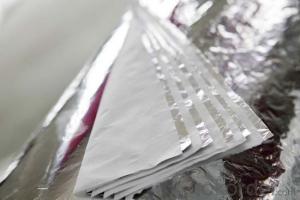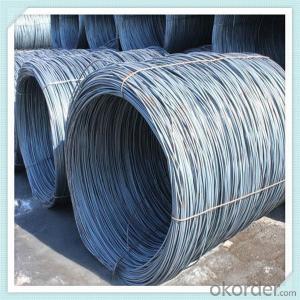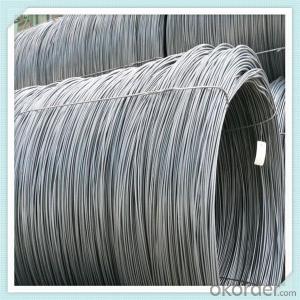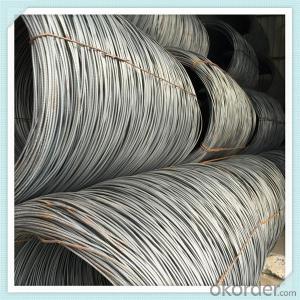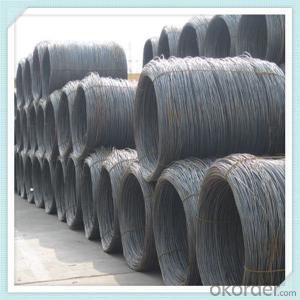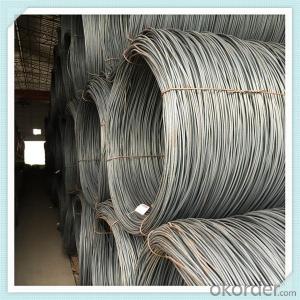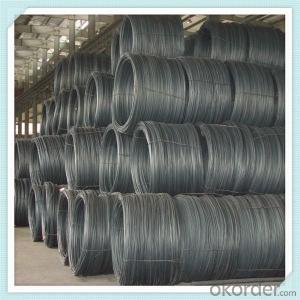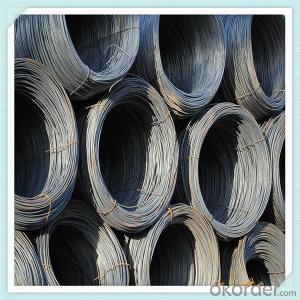Solder Aluminum Foil
Solder Aluminum Foil Related Searches
Led Light Bulbs For Ceiling Fixtures Led Lamps For Ceiling 42 In Ceiling Fan With Light Aluminum Coil Stock For Gutters Aluminum Foil For The Grill Hole Saw For Aluminum Plate Aluminum Tread Plate For Trailer Bow Plate For Aluminum Boat Aluminum Foil For Grow Room Aluminum Foil For Joint PainHot Searches
Stock Price For Aluminum Aluminum Coil Stock For Sale Aluminum Gutter Coil For Sale Used Aluminum Scaffolding For Sale 1/4 Aluminum Plate For Sale Aluminum Bar Stock For Sale Aluminum Round Stock For Sale Aluminum Diamond Plate For Sale Aluminum Scaffolding For Sale Craigslist 6061 Aluminum Plate For Sale Aluminum Dock Plate For Sale 7075 Aluminum Plate For Sale Aluminum Tread Plate For Sale Aluminum Checker Plate For Sale Aluminum Plate For Sale Near Me Plate Aluminum For Sale Aluminum Plate For Sale Aluminum Square Stock For Sale Aluminum Flat Stock For Sale Billet Aluminum Stock For SaleSolder Aluminum Foil Supplier & Manufacturer from China
Okorder.com is a professional Solder Aluminum Foil supplier & manufacturer, offers integrated one-stop services including real-time quoting and online cargo tracking. We are funded by CNBM Group, a Fortune 500 enterprise and the largest Solder Aluminum Foil firm in China.Hot Products
FAQ
- Steel wire rod is used in the manufacturing of suspension springs as it provides high tensile strength and flexibility, allowing the springs to absorb and distribute the weight of the vehicle evenly. The wire rod is formed and coiled to create the desired shape and size of the spring, providing stability and support to the suspension system, resulting in a smoother and more comfortable ride.
- The common sizes of steel wire rods vary depending on their intended use and application. However, some commonly available sizes range from 5.5mm to 32mm in diameter.
- Steel wire rod is used in the manufacturing of wire cloths as it serves as the raw material for producing the wires that make up the cloth. The steel wire rod is drawn through a series of dies to reduce its diameter and increase its length, resulting in a thin, strong wire. This wire is then woven or welded together to create the wire cloth, which is commonly used for filtration, screening, and sieving applications in various industries.
- Some of the different surface defects found in steel wire rods include scratches, pits, cracks, scale, and decarburization.
- Barbed wire manufacturing heavily relies on steel wire rod, a vital element in the production process. This component serves as the primary material for constructing the barbs and twisted strands that constitute the final product. Initially, the steel wire rod is drawn into thinner wires, which are then combined through twisting to form the strands of the barbed wire. These strands are further twisted together, incorporating sharp barbs at regular intervals, to create the distinctive barbed wire structure. Due to its strength and durability, steel wire rod is an excellent choice for manufacturing barbed wire. It can withstand the tension and pressure that the wire may encounter, all while providing the necessary sharpness and rigidity for effective fencing and security purposes. In summary, steel wire rod plays a critical role in the manufacturing process of barbed wire, offering the required strength, durability, and functionality to the end product.
- Steel wire rod is commonly used in the manufacturing of fishing lines as it provides strength and durability. The wire rod is drawn into thin strands or filaments, which are then coated with a protective layer to prevent corrosion. These filaments are twisted or braided together to create fishing lines with high tensile strength and resistance to breakage, making them suitable for catching larger fish and enduring harsh conditions.
- Steel wire rod is a crucial component in the manufacturing of wire rope assemblies for mining applications. These wire rope assemblies are used in various mining operations to lift and transport heavy loads, provide stability and support, as well as ensure the safety of workers. The first step in the manufacturing process is the production of steel wire rod. This involves melting steel scrap in a furnace and then continuously casting the molten steel into billets or blooms. These billets are then hot rolled into long, thin rods with diameters ranging from a few millimeters to several centimeters. Once the steel wire rod is produced, it undergoes a series of processes to transform it into wire rope. The first step is wire drawing, where the rod is pulled through a series of dies to reduce its diameter and increase its length. This process also improves the wire's surface finish and mechanical properties. After wire drawing, the steel wire is typically coated with a lubricant to reduce friction and enhance corrosion resistance. The lubricant also helps to protect the wire during subsequent manufacturing processes. Next, the wire is twisted together to form strands. The number of strands and the design of the twist pattern depend on the specific application and required strength of the wire rope assembly. The strands are then helically laid around a central core, which provides additional strength and support. Finally, the wire rope assembly undergoes a process called closing, where the entire length of the assembly is compressed to ensure that all the strands are tightly packed and securely held together. This closing process also helps to improve the overall structural integrity of the wire rope assembly. In mining applications, wire rope assemblies made from steel wire rod are used in various ways. They are commonly used in hoisting systems to lift heavy loads such as equipment, ore, and personnel. These assemblies are also employed for suspension and support purposes, such as providing stability to underground tunnels and shafts. Additionally, wire rope assemblies are used in safety applications, such as fall protection systems and rescue operations. Overall, steel wire rod plays a critical role in the manufacturing of wire rope assemblies for mining applications. Its high strength, durability, and flexibility make it an ideal material for withstanding the demanding conditions and heavy loads commonly encountered in the mining industry.
- Pre-stressed concrete steel wire rods are widely used in various applications due to their high strength and durability. Some of the common applications of pre-stressed concrete steel wire rods are: 1. Buildings and Infrastructure: Pre-stressed concrete steel wire rods are commonly used in the construction of buildings, bridges, highways, and other infrastructure projects. They provide added strength and load-bearing capacity to the structures, making them resistant to bending, cracking, and other forms of structural failure. 2. Post-tensioning Systems: Pre-stressed concrete steel wire rods are extensively used in post-tensioning systems. These systems involve the insertion of pre-stressed steel wire rods into concrete structures and then applying tension to them. This process helps to counteract the tensile forces that concrete structures experience, thereby improving their overall strength and durability. 3. Precast Concrete Products: Pre-stressed concrete steel wire rods are also used in the production of precast concrete products such as beams, columns, slabs, and walls. By incorporating pre-stressed steel wire rods during the manufacturing process, these products gain enhanced strength and resistance to cracking, allowing for longer spans and thinner sections. 4. Retaining Walls: Pre-stressed concrete steel wire rods play a crucial role in the construction of retaining walls. These walls are designed to retain soil and prevent erosion. By integrating pre-stressed steel wire rods into the concrete structure, the retaining walls become more robust, ensuring stability and preventing any potential failure due to the pressure exerted by the retained soil. 5. Seismic Resistant Structures: Pre-stressed concrete steel wire rods are especially valuable in seismic regions where earthquakes are a concern. By incorporating pre-stressed steel wire rods into the concrete elements of buildings and infrastructure, their ability to withstand seismic forces is significantly increased. This helps to minimize damage and ensure the safety of occupants during earthquakes. Overall, the common applications of pre-stressed concrete steel wire rods encompass a wide range of construction projects, where their strength, durability, and ability to withstand various forces are essential.

























